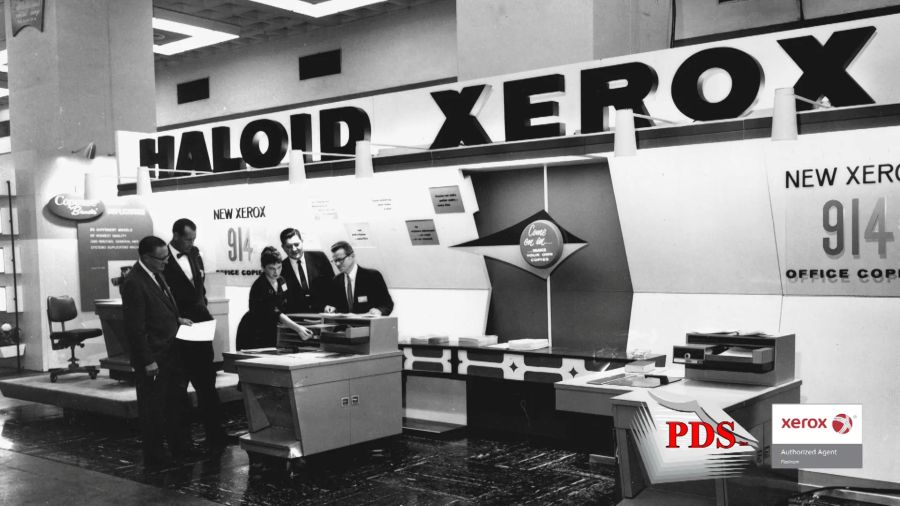BUDAPEST—In the mid-1980s, behind the Iron Curtain, the hum of a photocopier could be a revolutionary sound. While the internet was decades away, access to a simple copy machine posed a direct threat to the Communist Party’s monopoly on information. Seeing this as a crucial step toward an open society, philanthropist George Soros launched a program to quietly and systematically dismantle the state’s information control. The result was the “Xerox Project” in Hungary.
Established in 1984, the Hungarian Soros Foundation began supplying hundreds of Western-made photocopiers to public institutions across the country. Many of these were specifically branded Xerox machines, and the foundation secured large discounts by purchasing them in dollars. For example, a 2006 academic article on the project noted that in the first year alone, “113 Rank-Xerox 1025 machines were purchased”. At the time, “Xerox” was a near-universal term for “photocopier,” and Soros’s effort to undermine the Communist government’s information monopoly was widely known as the “Xerox project”.
These machines were delivered to libraries, universities, and hospitals, bypassing the government’s strict controls on copying technology. While authorities may have initially hoped the foundation would only support academic pursuits, the project’s impact went far deeper.
For Hungarian dissidents and academics, the project was a game-changer. Suddenly, copying and distributing once-forbidden literature—known as samizdat—became easier. The income generated by the machines was then used to fund scholarships and grants, nurturing a new generation of free-thinking intellectuals. As Soros himself later wrote, “Any activity or association that was not under the supervision or control of the authorities created alternatives and thereby weakened the monopoly of dogma”.
Between 1985 and 1993, over 1,000 machines were distributed. This quiet, technological offensive helped chip away at the walls of a closed society. It proved that sometimes, the most effective way to spread revolutionary ideas isn’t through force, but through access to a simple machine that multiplies knowledge, one sheet at a time.
